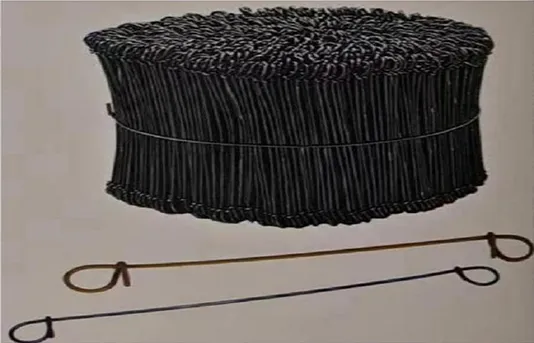-
 Phone:
Phone: -
 Email:
Email:

Exploring the Intricacies and Symbolism of Barbed Wire in Modern Society and Art
The Forgotten Symbol Barbed Wire and Its Complex Legacy
Barbed wire, a seemingly mundane object, possesses a rich and complex history that stretches far beyond its functional use. Originally invented in the late 19th century, barbed wire was designed to secure livestock and mark property boundaries. However, as time advanced, its applications evolved, and so did its implications. Today, barbed wire stands not only as a physical barrier but also as a powerful symbol steeped in themes of conflict, control, and resilience.
The Forgotten Symbol Barbed Wire and Its Complex Legacy
However, the story of barbed wire took a darker turn as it became a tool for confinement and segregation. During World War I and World War II, barbed wire was employed in military operations, marking the boundaries of prison camps and separating combatants from non-combatants. It came to epitomize the horrors of war, serving as a stark reminder of the human toll exacted by external conflicts. In these contexts, barbed wire became synonymous with oppression and suffering, illustrating how an object designed for protection could also be turned into a mechanism of control.
barbedwire

In the broader sociopolitical context, barbed wire has been used to symbolize tensions surrounding immigration and border control. Countries across the globe have erected barriers adorned with barbed wire to deter unauthorized entry, reflecting fears of cultural dilution, economic competition, and national security. This usage has sparked heated debates about human rights and the ethical implications of such measures. The wire becomes a physical manifestation of a larger discourse about belonging, exclusion, and the struggle for identity in an increasingly globalized world.
Despite its associations with division and hostility, barbed wire has also been used as a symbol of resilience and protest. Activists have often repurposed it in art and demonstrations, using its imagery to draw attention to the plight of marginalized groups. By embracing the barbed wire as a protest symbol, these movements challenge the narratives of fear and exclusion, transforming it from an instrument of oppression into a beacon of struggle for justice and equity.
In contemporary society, the dual nature of barbed wire continues to spark conversation. It challenges observers to consider the balance between security and freedom, and the ways in which societies choose to protect their interests. As nations grapple with issues of borders, immigration, and human rights, barbed wire stands at the forefront, illustrating the complexities of our world.
In conclusion, while barbed wire may seem like a simple tool for fencing, its legacy is anything but straightforward. It embodies the tensions between safety and freedom, belonging and exclusion, while also serving as a testament to human resilience. As we reflect on its history and symbolism, we are reminded that even the most ordinary objects can carry profound meanings that resonate with our collective experiences and aspirations.
-
Wire Mesh for Every Need: A Practical SolutionNewsJul.25,2025
-
Steel Fences: Durable, Secure, and Stylish OptionsNewsJul.25,2025
-
Roll Top Fencing: A Smart Solution for Safety and SecurityNewsJul.25,2025
-
Cattle Farm Fencing Solutions for Maximum SecurityNewsJul.25,2025
-
Affordable Iron Binding Wire SolutionsNewsJul.25,2025
-
Affordable Galvanized Wire SolutionsNewsJul.25,2025
-
Wire Hanger Recycling IdeasNewsJul.25,2025








